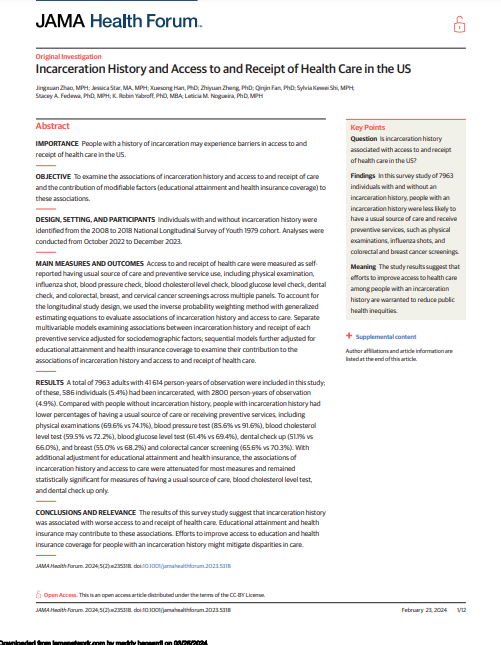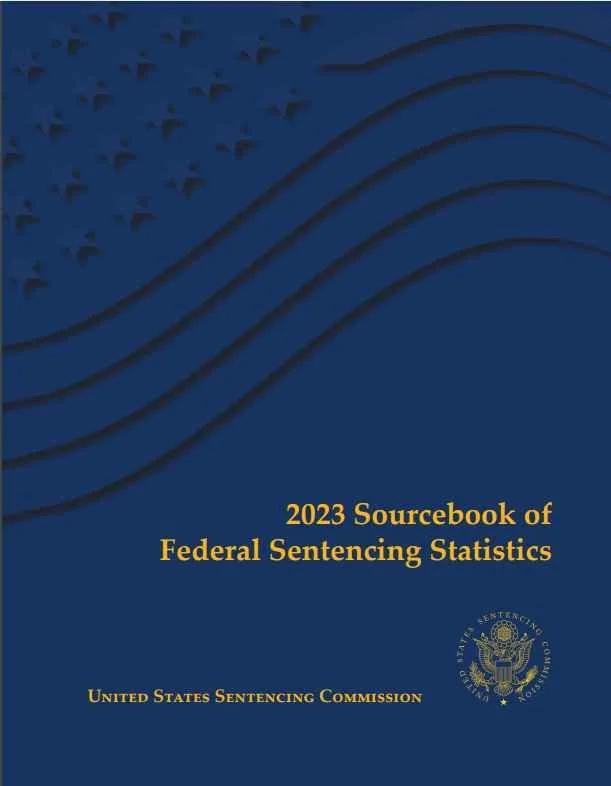By City of San Jose. Office of the City Auditor
The City of San José Police Department (SJPD) has more than 1,700 sworn and non-sworn staff who provide public safety services to San José’s residents, including responding to calls for police services, investigative efforts, crime prevention and education, and regulatory services. The largest number of sworn officers is dedicated to supporting patrol efforts across the city and responding to calls for service. Civilian staff, which accounts for about one-third of SJPD’s staff, provide administrative support, perform crime prevention analysis, staff the Police Communications Center, and assist patrol staff through the Community Service Officer program. In total, the Department’s Adopted Operating Budget for FY 2020-21 was $471.5 million. The objective of this audit was to review and compare SJPD staffing, spending, and calls for service over time, including an allocation of staff by bureau or division, vacancies, and use of overtime. This audit was requested by multiple Councilmembers. As the City undergoes its reimagining community safety process, the information and recommendations in this report can provide insight into the Department’s staffing history, expenditures, and workload as it moves forward. Finding 1: Reductions in Sworn Staffing Over 20 Years Present Challenges for SJPD. Over the last two decades, SJPD has experienced major staffing reductions in sworn officers. Layoffs and reductions in budgeted staffing during the Great Recession, along with high numbers of resignations and retirements in subsequent years, resulted in a decline in the number of active sworn officers. The Department continues to fill vacancies through recruitment and has begun to add budgeted sworn officer positions in recent years. We found: In FY 2000-01, the Department was budgeted for 1,358 sworn staff; in FY 2020-21, that number had decreased to 1,157. Staffing reached its lowest point in FY 2016-17 when there were 1,107 budgeted positions; more than 200 of these budgeted positions were vacant that year. SJPD has been actively recruiting to fill sworn vacancies, adding nearly 200 recruits in the past two years. Although the Department has begun to grow again, the Department’s police force is overall less experienced than it was ten years ago. While there are different factors that may contribute to staffing decisions, San José primarily uses a budget-based model to determine its overall staffing from year to year. Finding 2: Increases in SJPD Expenditures Have Outweighed Staffing Changes. Despite having less staff, SJPD expenditures have increased over time. In FY 2020-21, SJPD’s adopted budget was $471.5 million, more than double its adopted budget in FY 2001-02. We found: The largest increase in expenditures has been in retirement and fringe benefit costs, growing from $65 million in FY 2008-09 to $168 million in FY 2019-20. Overtime costs grew by over 300 percent in the past decade and accounted for 10 percent of total expenditures in FY 2019-20. Personal services account for 92 percent of the Department’s budget. However, overall spending on salaries declined beginning in FY 2008-09 and did not fully recover until FY 2018-19. This decrease was due to vacancies, fewer budgeted staff, and a 10 percent pay cut in FY 2010-11. Other costs, including computer software expenses, professional services, vehicle costs, workers’ compensation, travel and training, and supplies and materials (including ballistic equipment, ammunition, and other police supplies) accounted for the remaining 8 percent of expenditures in FY 2019-20. Finding 3: SJPD’s Workload Has Increased as It Has Struggled to Meet its Response Time Goals. Officers respond to incidents dispatched through the Police Communications Center and initiate calls if they observe a need for police service or conduct a vehicle or pedestrian stop. The Department categorizes each response into one of six priorities, depending on the nature of the incident. We found: In FY 2019-20, the Police Communications Center received over 1.2 million calls for emergency and nonemergency service. This resulted in 331,000 officer responses, up from 274,000 responses in FY 2016-17. SJPD did not meet its response time target in FY 2019- 20 for the highest priority incidents, with SJPD only meeting the Priority 1 response time target in one district (District D at the Airport). Queuing time, or the amount of time a call waits for an officer to be dispatched, was a major driver for SJPD for not hitting its Priority 2 response time target indicating not enough staff were available to respond. Finding 4: Reorganizing San José’s Patrol Districts and Reviewing Shift Schedules Could Optimize Workload and Available Staffing. SJPD deploys staff across three shifts and 16 patrol districts, in addition to the Airport District. Several studies have concluded that SJPD should review how it organizes its patrol districts and shifts. We found:
San Jose, CA: City of Jose, Office of the City Auditor, 2021. 101p.





















